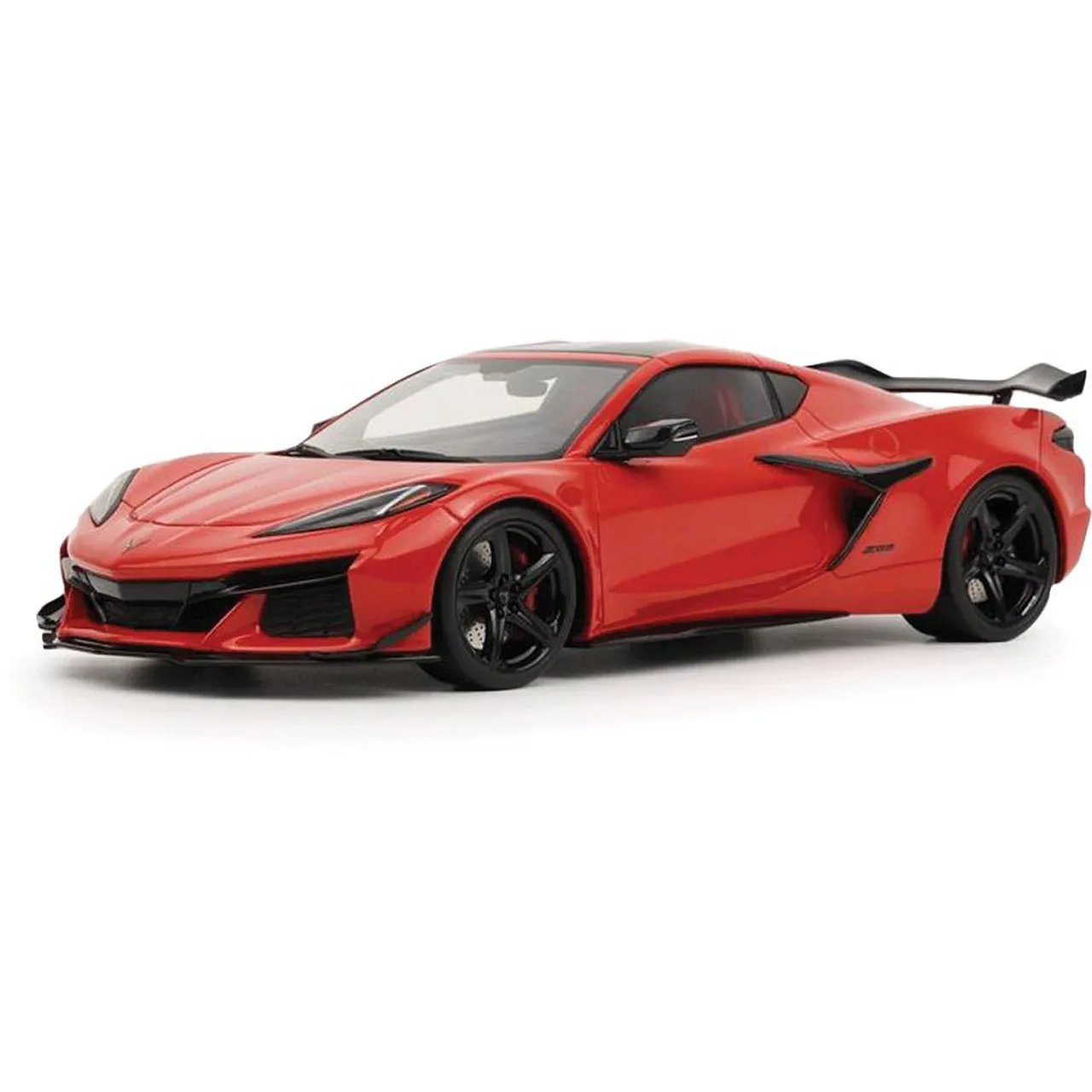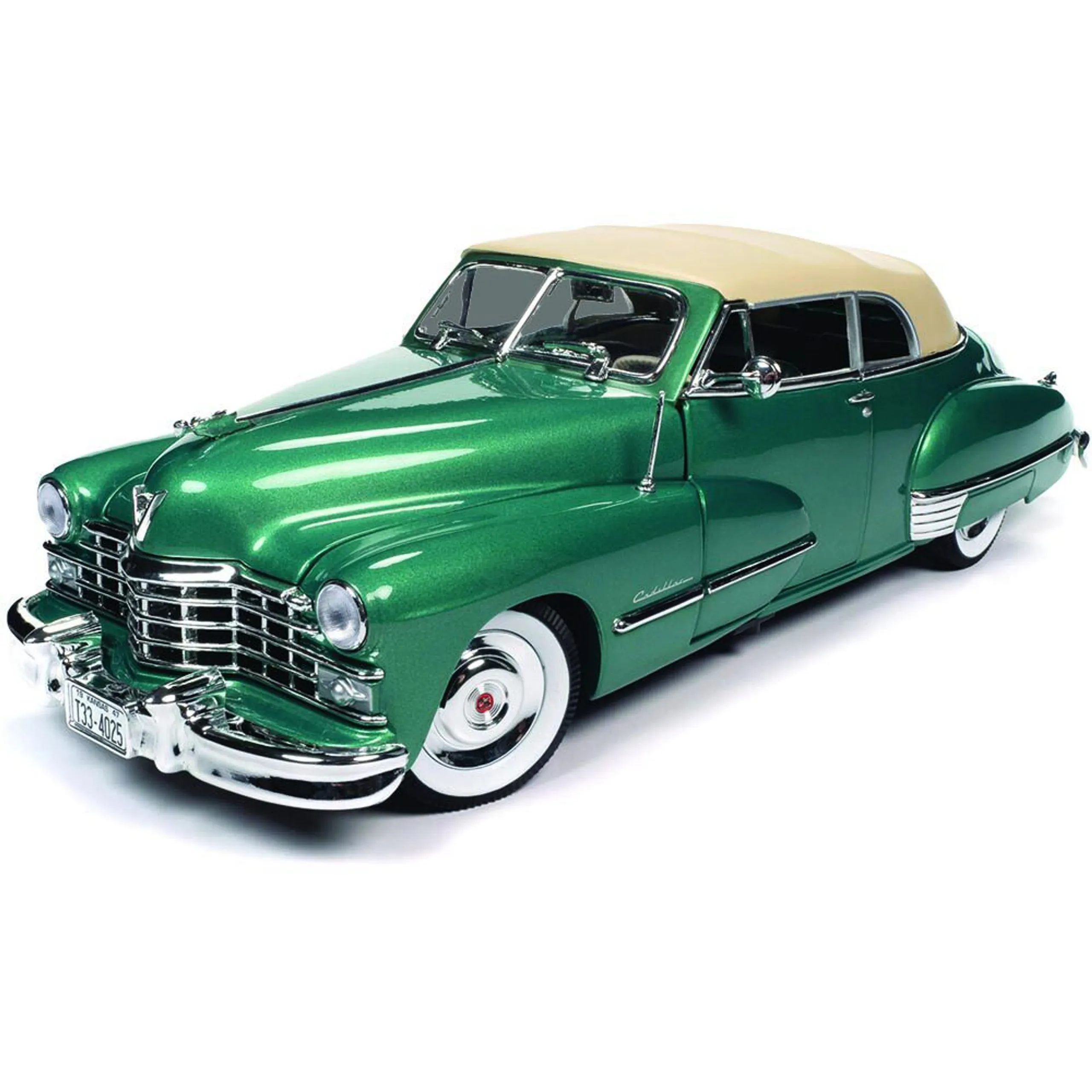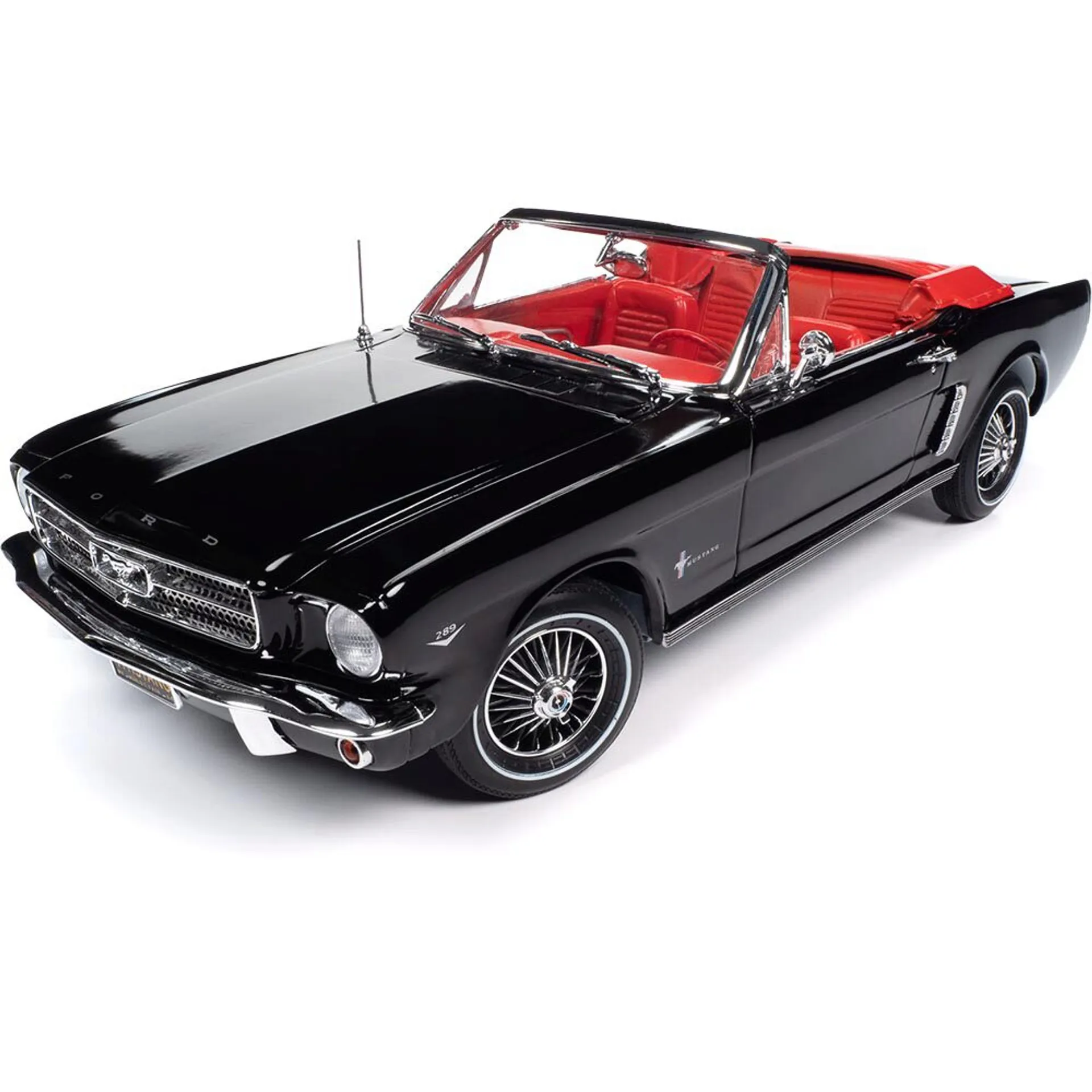What Are Diecast Model Cars
Diecast model cars are miniature replicas of real-life automobiles, meticulously crafted using a die-casting process. This involves injecting molten metal, typically zinc alloys, into molds to create highly detailed and durable miniature vehicles. These models are not just toys; they are collectible items that can range from simple playthings to intricately detailed replicas sought after by serious collectors. The appeal of diecast model cars lies in their ability to capture the essence of iconic vehicles, offering a tangible connection to automotive history and design. They represent a fascinating blend of engineering, artistry, and nostalgia, making them a beloved hobby for enthusiasts of all ages.
The History of Diecast Model Cars
The history of diecast model cars is a story of innovation and evolving craftsmanship, dating back to the early 20th century. Initially created as toys, they quickly gained popularity for their durability and realistic appearance. These early models, primarily made of lead or other basic materials, laid the foundation for the sophisticated collectibles we see today. The evolution of diecast model cars mirrors the advancements in manufacturing technologies and material sciences, resulting in ever-increasing levels of detail and realism. From simple toys to highly detailed replicas, the journey of these miniature cars reflects the enduring appeal of automobiles and the human desire to capture and celebrate their legacy.
Early Development

The earliest diecast model cars emerged in the early 1900s, primarily in Europe. Manufacturers initially focused on creating simple, robust toys that could withstand rough play. These early models were often made from lead or other basic metals, and their designs were relatively crude compared to the detailed replicas available today. Companies like Dinky Toys and Corgi Toys were pioneers in this field, establishing the groundwork for the diecast model car industry. The early development phase was characterized by experimentation with materials and manufacturing techniques, paving the way for the sophisticated models that would follow.
Evolution of Materials
As technology advanced, so did the materials used in diecast model cars. The introduction of zinc alloys, along with improved molding techniques, allowed for greater detail and durability. Plastics also began to play a role, used for components such as interiors, windows, and tires, enhancing the realism of the models. The shift from basic materials to more sophisticated alloys and plastics marked a significant turning point, enabling manufacturers to create more intricate and visually appealing miniatures. The evolution of materials continues to this day, with ongoing innovations in paints, coatings, and detailing techniques, ensuring that diecast model cars maintain their appeal to collectors worldwide.
Factors Influencing Popularity
Several factors have contributed to the enduring popularity of diecast model cars. Nostalgia plays a major role, as many collectors seek models of cars they remember from their childhood or vehicles that represent significant moments in automotive history. The increasing detail and realism of modern models, along with the ability to replicate specific car models and variations, also fuel collector interest. Furthermore, the relatively affordable price point of many models makes them accessible to a wide range of enthusiasts. The combination of these factors, along with the social aspects of collecting (such as attending shows and sharing collections), ensures the ongoing popularity of diecast model cars.
Different Scales of Diecast Model Cars

Diecast model cars come in various scales, each representing a different ratio of the model’s size to the actual car. These scales dictate the level of detail, size, and price of the models. The most popular scales allow collectors to build diverse collections. Different scales cater to different preferences and collecting goals, from displaying detailed replicas to collecting a variety of models. Understanding these scales is essential for any collector, as it impacts how models can be displayed, stored, and valued.
Common Scales
Several scales are widely popular among collectors. The 1:18 scale is known for its large size and high level of detail, making it a favorite for showcasing individual models. The 1:24 scale offers a good balance of size and detail, often found in more affordable models. 1:43 scale is also popular, often used for building extensive collections due to the more compact size and extensive model availability. These scales represent the core of the diecast model car hobby, each offering a unique collecting experience.
Rare Scales
In addition to common scales, some less common scales offer unique collecting opportunities. 1:12 scale models are known for their impressive size and detail, often featuring functional components. 1:64 scale, sometimes referred to as ‘Matchbox’ or ‘Hot Wheels’ size, is popular for its affordability and variety. These rare scales cater to specialized collectors looking for unique models that stand out in their collections. The choice of a rare scale can add exclusivity and value to a model car collection.
Materials Used in Diecast Model Cars

The materials used in diecast model cars play a crucial role in their quality, durability, and level of detail. The primary material used for the car body is a zinc alloy, chosen for its ability to be die-cast into intricate shapes. Other materials like plastics, rubber, and various metals are also integral parts of the finished product, each serving a specific purpose. The combination and quality of these materials determine the overall look and feel of the model, influencing its value and appeal to collectors.
Metal Alloys
The metal alloy used in diecast model cars, typically a zinc alloy, is essential for the structural integrity and detail of the models. This alloy allows manufacturers to create highly detailed parts, such as body panels, grilles, and interior elements. The metal’s weight also contributes to the realistic feel of the models. The quality of the metal alloy directly impacts the durability and longevity of the model car, ensuring it can withstand handling and age gracefully. The choice of metal alloys is a critical element in producing high-quality diecast models.
Plastic Components
Plastics are extensively used in diecast model cars for various components such as interiors, windows, tires, and detailing parts. Plastics provide a flexible and lightweight alternative to metal, enabling a wide range of design possibilities and functionality. The quality of the plastics used, especially the types of polymers used, directly influences the model’s appearance, durability, and overall realism. Plastics allow for intricate detailing, such as dashboard elements and interior trim, adding to the model’s appeal. The proper selection and application of plastic components are essential to the success of a diecast model.
The Value and Collectibility of Diecast Model Cars

The value and collectibility of diecast model cars are determined by several factors, including rarity, condition, historical significance, and market demand. Rare models, limited editions, and those with historical value often command high prices in the collector’s market. The condition of a model plays a crucial role, with models in pristine condition fetching the highest values. Understanding these factors is crucial for collectors looking to invest in diecast models or assess the value of their existing collections.
Factors Determining Value
Several factors influence the value of diecast model cars. Rarity, such as limited production runs or unique variations, significantly increases a model’s value. The condition of the model, including its original packaging, is crucial; models in mint condition fetch higher prices. Historical significance, like the models of iconic cars or cars tied to important events, also adds value. Market demand and the popularity of specific manufacturers or models play a significant role, as does the level of detail and realism in the model.
Rarity and Limited Editions
Rarity and limited editions are often the most valuable diecast model cars. Limited production runs, special edition models, and those with unique features are highly sought after by collectors. These models are often created to commemorate special events, collaborations, or specific historical periods. Their exclusivity drives demand, and the models’ value appreciates over time, making them desirable investments for collectors. Finding and acquiring rare or limited edition models can be a rewarding aspect of collecting.
Preservation and Maintenance

Preserving and maintaining diecast model cars is essential to protect their value and ensure their longevity. Models should be stored in a clean, dry environment, away from direct sunlight and extreme temperatures. Regular dusting and careful handling can prevent damage. Displaying models in protective cases helps preserve their condition, preventing dust accumulation and accidental scratches. Proper storage and maintenance practices will protect the investment in and ensure that these models remain in excellent condition for years to come.
The Future of Diecast Model Cars
The future of diecast model cars looks bright, with continued innovation in materials, manufacturing techniques, and design. Advancements in 3D printing and digital design allow manufacturers to create even more detailed and realistic models. The rise of online marketplaces and collector communities expands the reach and accessibility of diecast models, fostering a global collector base. With an enduring appeal for enthusiasts of all ages, diecast model cars will likely remain a popular hobby, continuing to evolve and captivate collectors for many years to come. The blend of technology and traditional craftsmanship will allow for even more sophisticated and detailed models.
